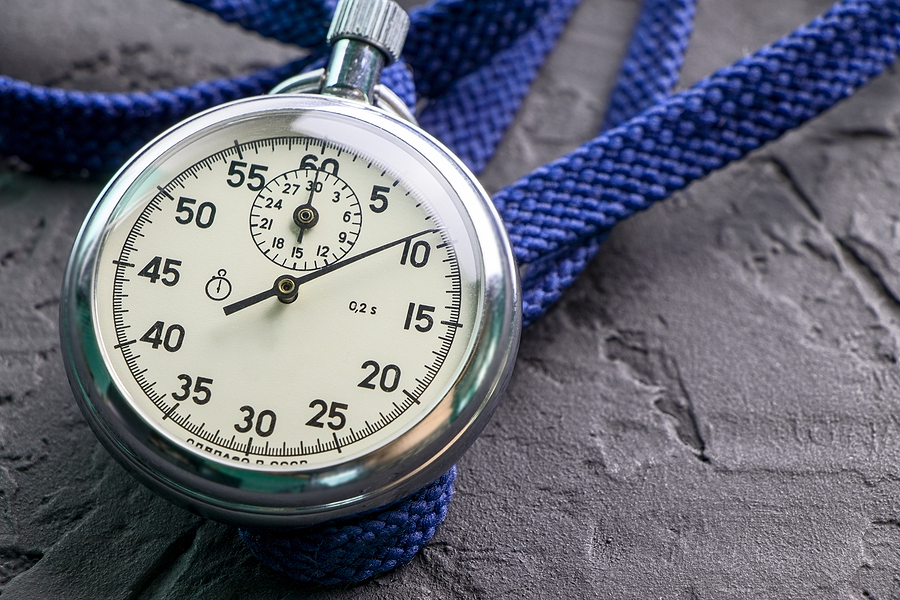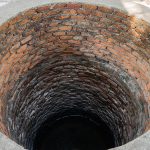Determining the static water level of your well is an important factor when purchasing a submersible well pump or trying to figure out the reason for poor performance. When buying a new pump, the water level will determine the size pump needed. If your water flow is weak, it could be that your water level is too low. Before we jump into how to check well water level, let’s talk about the static water level.
What is the Static Water Level?
It is the distance from the ground level to the water’s surface under normal conditions. It should be measured while the well is at rest, meaning it hasn’t pumped any water for several hours. Your well depends on the water level being replenished throughout the year by rainfall and melting snow and ice. Because the water level can fluctuate during the year, it is a good practice to check it regularly and address water level issues before they become critical. This will also ensure that your home and family have a consistent and dependable water supply.
While it is best to have a well water professional check your static water level, it is still a good idea to check it yourself in between regular service calls. So, now you probably want to know how to check well water level. There are a few different ways to do that.
Electric Depth Guage
Also referred to as an electric sounder, an electric depth gauge is a device that uses electricity to measure the static water level. It is also called an electrical resistance depth gauge. How does it work?
The electric depth gauge has two metal probes that are placed in the water. A current passes through the probes, and the resistance is measured. The depth of the water is calculated based on the resistance. An electric depth gauge will provide accurate measurements, even in very deep wells. For this reason, it is the device typically used by water well professionals. If you don’t have access to an electric depth gauge, there are other ways to measure your water level.
A Rock and a Stopwatch
It may sound a bit archaic, but it works. Click the stopwatch on and drop a small rock into the well simultaneously. Click the stopwatch off when you hear the rock hit the water. Multiply the seconds on the stopwatch by 24 to get an estimated measurement in feet. While this method is not as accurate as the electric depth gauge, it is typically within 10 to 20 feet of your actual static water level.

It is important to remember when using this method to use a very small rock or pebble and only test this way occasionally. You don’t want an accumulation of rocks and pebbles in your well as it could affect its performance or damage the pump. With a submersible well, you should only use this method if the well has a large casing so you can avoid hitting the pump.
A Tape Measure and a Weight
Attach a weight to the end of a tape measure. Let the weight pull the tape measure. Stop the tape measure when you hear the weight hit the water, and you will have your static water level measurement. You can also use heavy-duty string or fishing line. You will mark the string where the weight hit the water, then measure that length of string once you pull the weight up. This method allows you to avoid dropping rocks into the well and potentially causing damage.

How to Check Well Water Level – Call the Professionals
Stop wondering or worrying about how to check the well water level. Let A1 Well Drilling and Pump Service do it for you. We have the professional equipment and expertise to accurately measure your accurate static water level. If you need a measurement to determine the size of a new pump, we can assist you in choosing the right size for your well.
A1 Well Drilling and Pump Service offers water well drilling as well as a variety of other services. We also offer the custom design and installation of various water well systems. We are available 24/7 throughout Monmouth, Ocean, Burlington, Middlesex, and Mercer Counties. Contact us for all your water well and pump needs.





